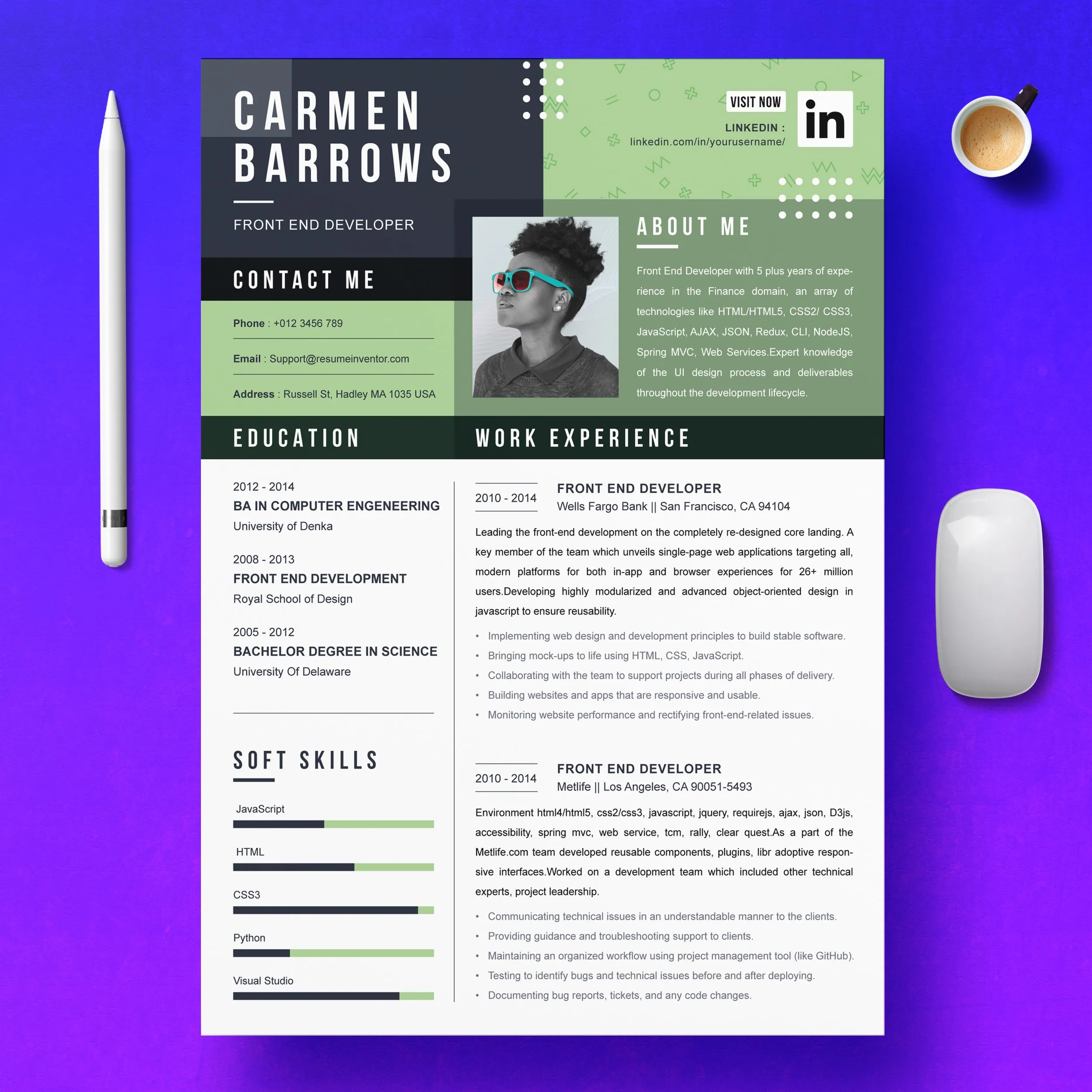7 Template Tips for a Winning Resume Cover Letter
A resume cover letter is your first impression, an introduction, and a chance to showcase your value. A well-crafted cover letter can significantly increase your chances of landing an interview and ultimately, the job. Using a solid template is a great starting point, but simply plugging in your information isn’t enough. To truly make your cover letter stand out, you need to understand the nuances of effective communication. This guide dives into seven essential tips that will transform your cover letter from generic to genuinely compelling, helping you to catch the eye of hiring managers and get you one step closer to your dream job.
Tip 1: Customize Your Letter
Generic cover letters are easily spotted and often discarded. The best cover letters are tailored to each specific job application and company. Customization demonstrates that you’ve taken the time to understand the role and the organization’s needs. This personalized approach shows your genuine interest and commitment, making you a more attractive candidate. A generic template, while providing a structure, needs to be adapted to the specific requirements of each job application.
Why Customization Matters
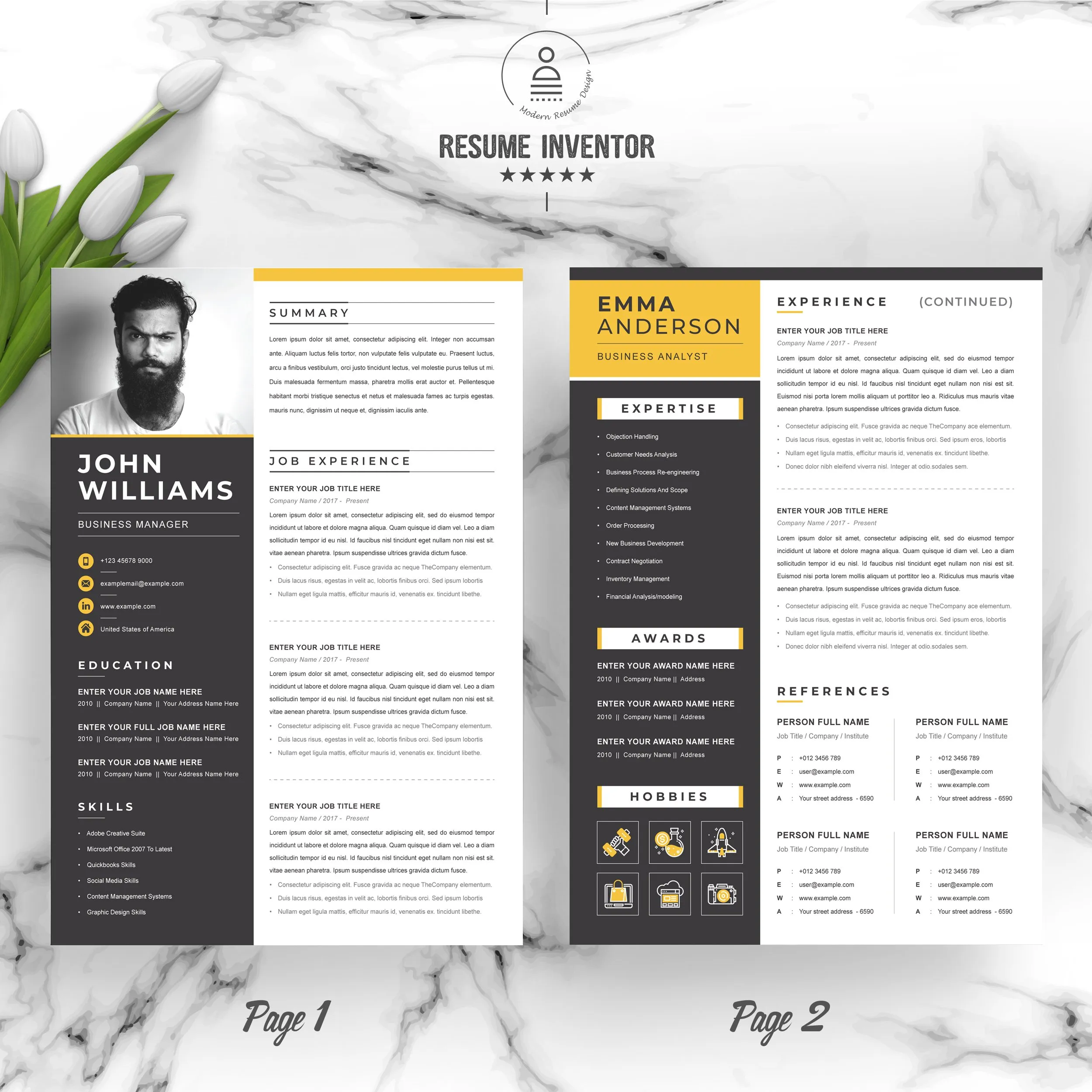
Customization shows that you’ve done your homework. It proves you’re not just sending out a mass application but are genuinely interested in the specific opportunity. It shows that you have taken time to understand the company’s values, the role’s requirements, and how your skills align with both. This level of detail helps you to differentiate yourself from other candidates who might be using a one-size-fits-all approach, making you more memorable and increasing your chances of getting an interview.
How to Tailor Your Letter
Start by reviewing the job description carefully. Identify the key skills, experiences, and qualifications the employer is seeking. Then, go to the company’s website and research their mission, values, and recent projects. Use this information to tailor your cover letter. Mention specific projects or initiatives at the company that interest you, and explain how your skills and experiences align with their needs. When adapting your resume cover letter template, ensure your language reflects the company’s culture and tone. Address the hiring manager by name if possible, and mention the specific role and the company you are applying to in the opening paragraph. (See image: customize-cover-letter.webp)
Tip 2: Highlight Relevant Skills
Your cover letter should serve as a roadmap, connecting your skills and experiences to the job requirements. Employers want to know why you’re a good fit, and the most effective way to show this is by highlighting relevant skills. Don’t just list your skills; demonstrate them through specific examples. Use action verbs to describe your accomplishments and quantify your achievements whenever possible. This approach provides concrete evidence of your capabilities, making your cover letter more impactful. (See image: highlight-skills.webp)
Identifying Key Skills
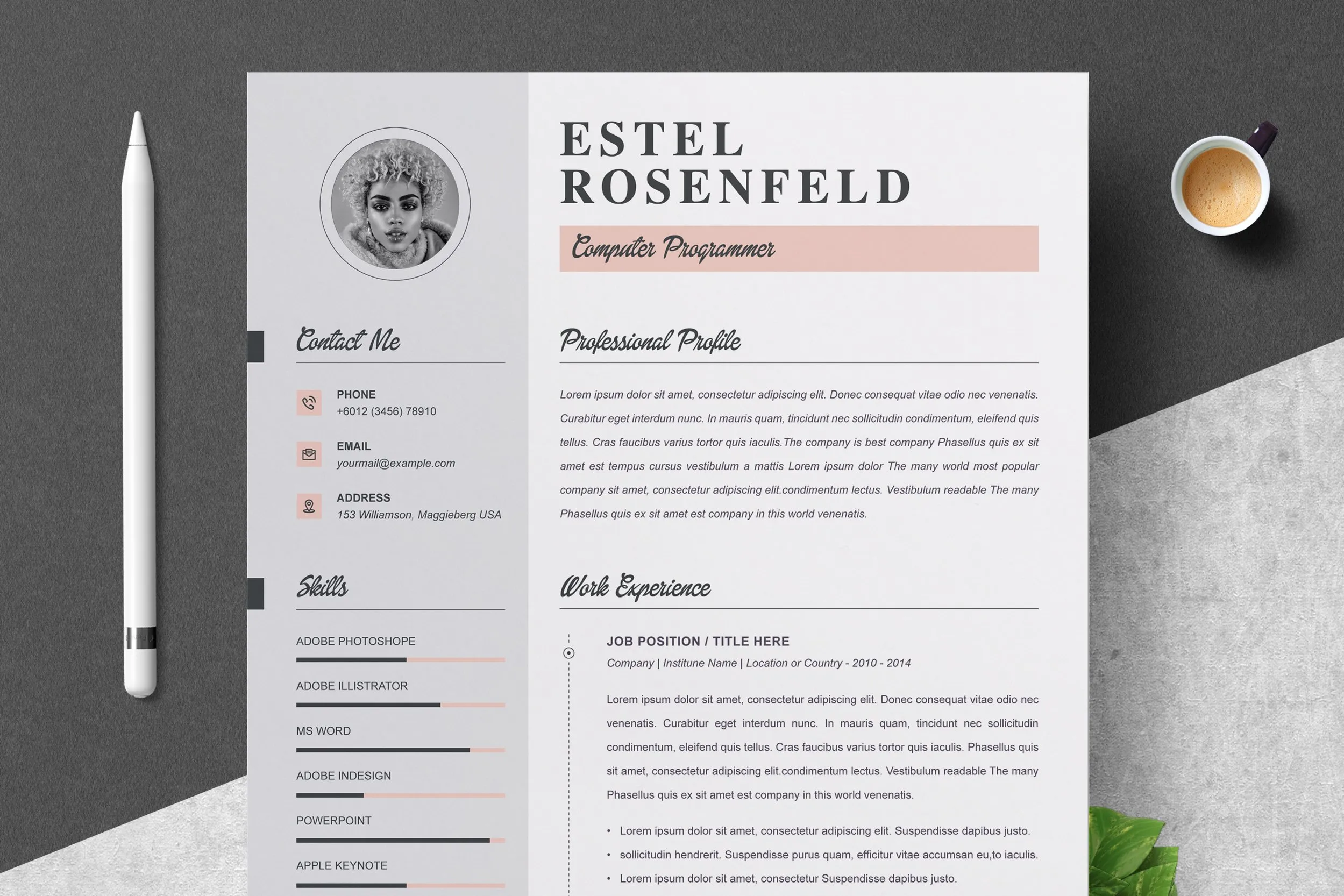
Carefully analyze the job description to identify the skills and qualifications the employer is looking for. Make a list of the keywords and phrases used in the description. These are the skills you should emphasize in your cover letter. Consider both hard skills (technical abilities, software proficiency) and soft skills (communication, teamwork, problem-solving). Think about what makes you unique and aligns with the company’s needs. For instance, if the job description emphasizes project management, be sure to mention your project management experience and skills.
Showcasing Skills Effectively
Instead of simply listing your skills, provide concrete examples of how you’ve used them. Use the STAR method (Situation, Task, Action, Result) to structure your examples. Briefly describe the situation and the task you were facing. Then, explain the actions you took and the positive results you achieved. For instance, rather than stating “proficient in project management,” you might say, “Managed a project that was delivered on time and under budget, resulting in a 20% increase in efficiency.” Use action verbs like “managed,” “led,” “developed,” and “achieved” to make your accomplishments more dynamic and compelling. Quantify your achievements whenever possible by including metrics, percentages, or specific outcomes.
Tip 3: Focus on the Employer’s Needs
A compelling cover letter is less about you and more about the employer. Hiring managers want to know how you can contribute to their organization. Frame your cover letter around the company’s needs and the specific role requirements. Demonstrate how your skills and experiences align with their goals. This approach shows that you understand what the company is looking for and that you have the skills to meet those needs. (See image: research-company.webp)
Researching the Company
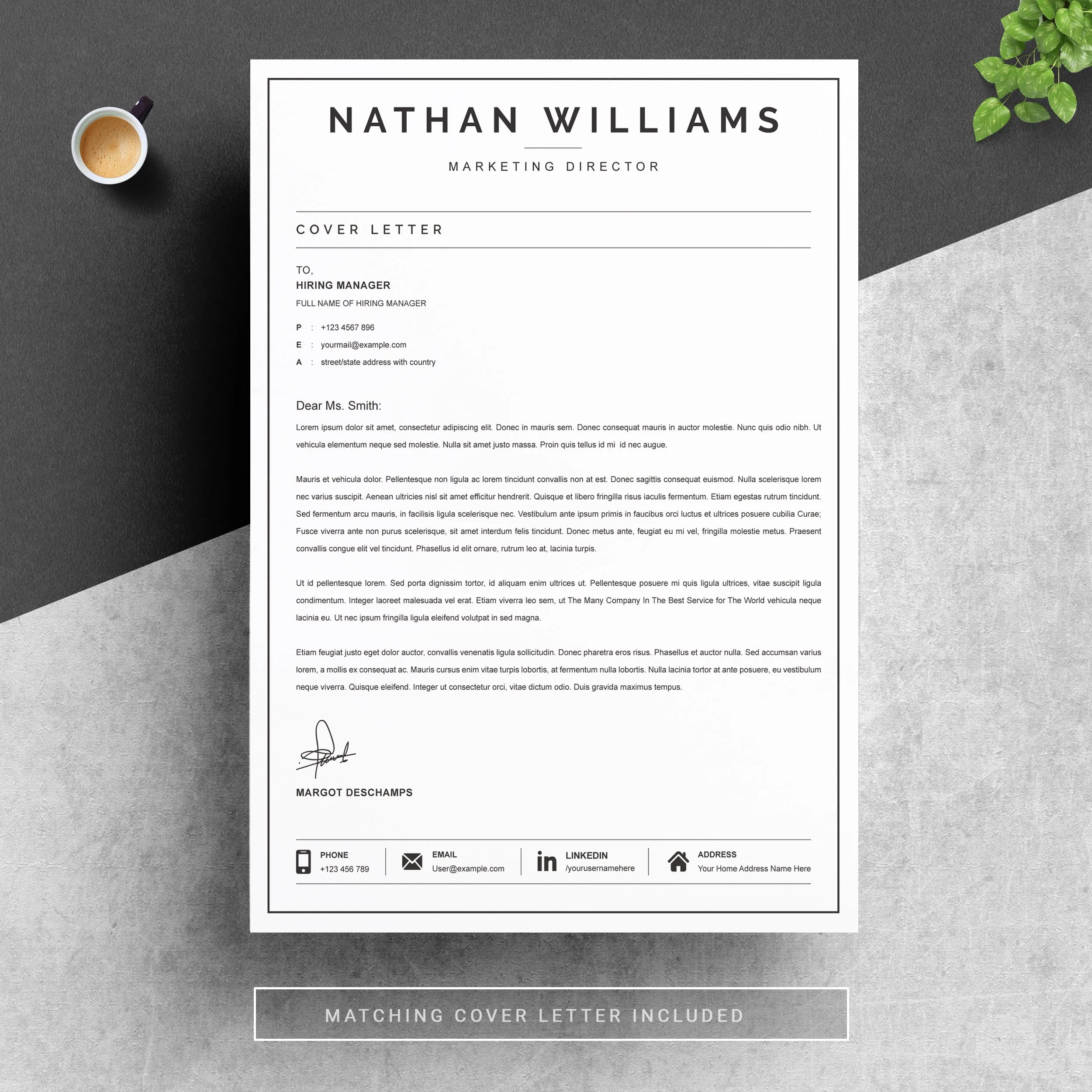
Before you start writing your cover letter, do your research. Visit the company’s website to learn about their mission, values, and recent projects. Check out their social media profiles to get a sense of their culture and current initiatives. Research the specific role you are applying for and the department it belongs to. Understanding the company’s priorities will help you tailor your cover letter to address their needs directly. Look for any recent press releases, news articles, or industry trends that relate to the company. Use this information to show you’re informed and interested in what they do.
Aligning Your Skills with Their Needs
Once you understand the company’s needs, align your skills and experiences with those needs. In your cover letter, explain how your qualifications make you a good fit for the role and how you can help the company achieve its goals. Use the job description as your guide, highlighting the skills and experiences that match the requirements. Provide specific examples of how you have addressed similar challenges or contributed to similar projects in the past. Show, don’t just tell, how you can bring value to the company.
Tip 4: Use a Professional Tone
Your cover letter is a formal document, and it should reflect a professional tone. Maintain a clear, concise, and respectful style throughout. Avoid slang, jargon, and overly casual language. Proofread carefully to eliminate any grammatical errors or typos, as these can undermine your credibility. A professional tone conveys that you are serious about the opportunity and that you possess the communication skills necessary for the role. (See image: professional-tone.webp)
Avoiding Common Mistakes
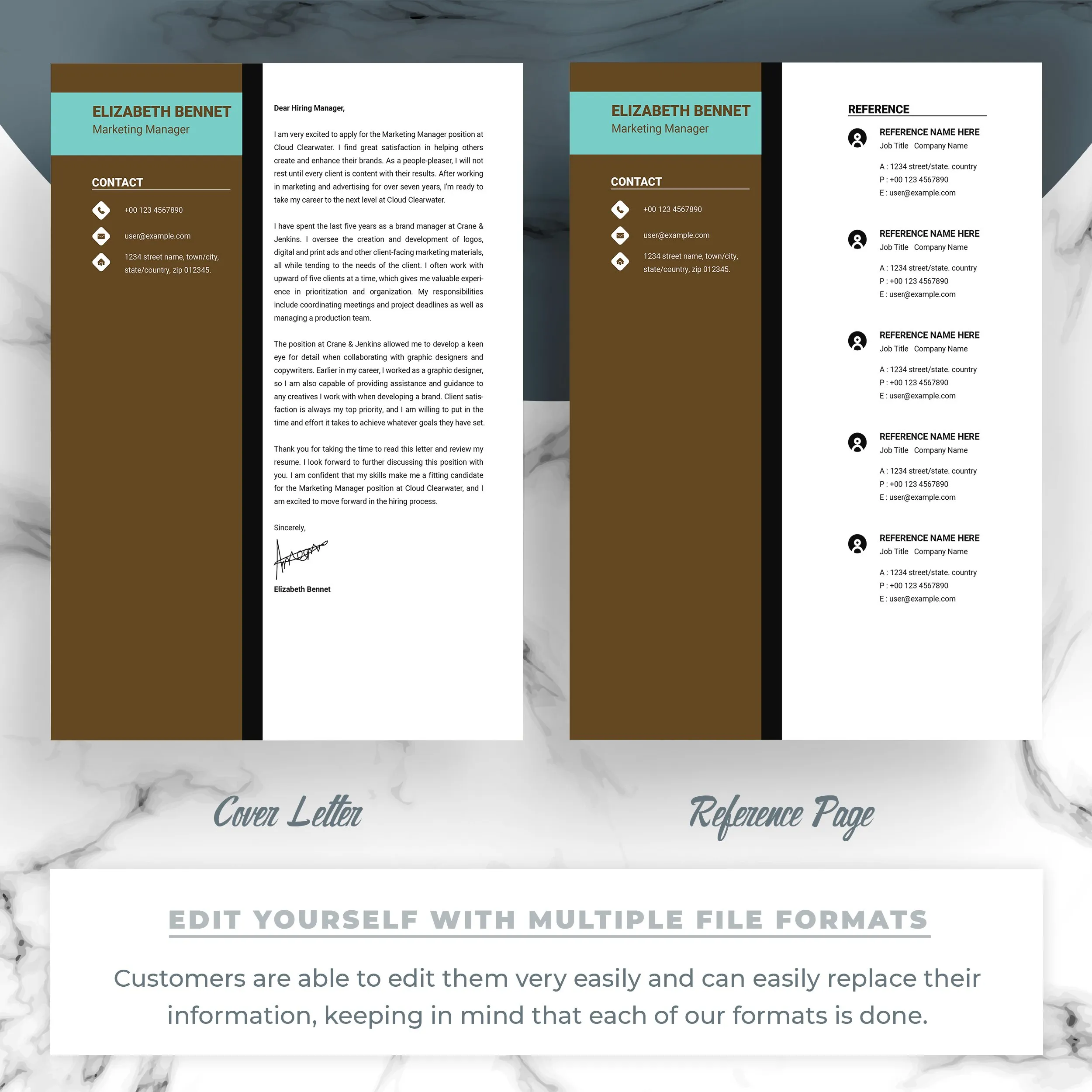
Several common mistakes can damage your credibility. Avoid clichés, such as “I am a team player” or “I am a hard worker.” Instead, provide specific examples that demonstrate these qualities. Do not use negative language or criticize previous employers. Keep the focus on your positive contributions and your enthusiasm for the current opportunity. Do not include irrelevant information or personal details that are not related to the job. Keep your cover letter focused on your skills, experiences, and how you can meet the employer’s needs.
Proofreading for Clarity
Before submitting your cover letter, proofread it carefully for any errors. Check for grammatical errors, typos, and inconsistencies in formatting. Ask a friend or colleague to review your letter as well, as a fresh pair of eyes can often catch mistakes that you might miss. Ensure that your sentences are clear, concise, and easy to understand. Make sure your writing flows logically and that your arguments are well-supported. A well-proofread cover letter demonstrates attention to detail and professionalism.
Tip 5: Structure Your Letter
A well-structured cover letter is easier to read and more effective in conveying your message. Use a standard business letter format, with clear sections and concise paragraphs. The structure helps the reader quickly grasp the key points and understand why you are a strong candidate. Proper formatting and organization showcase your attention to detail and your ability to communicate clearly and concisely. (See image: cover-letter-structure.webp)
The Ideal Cover Letter Format
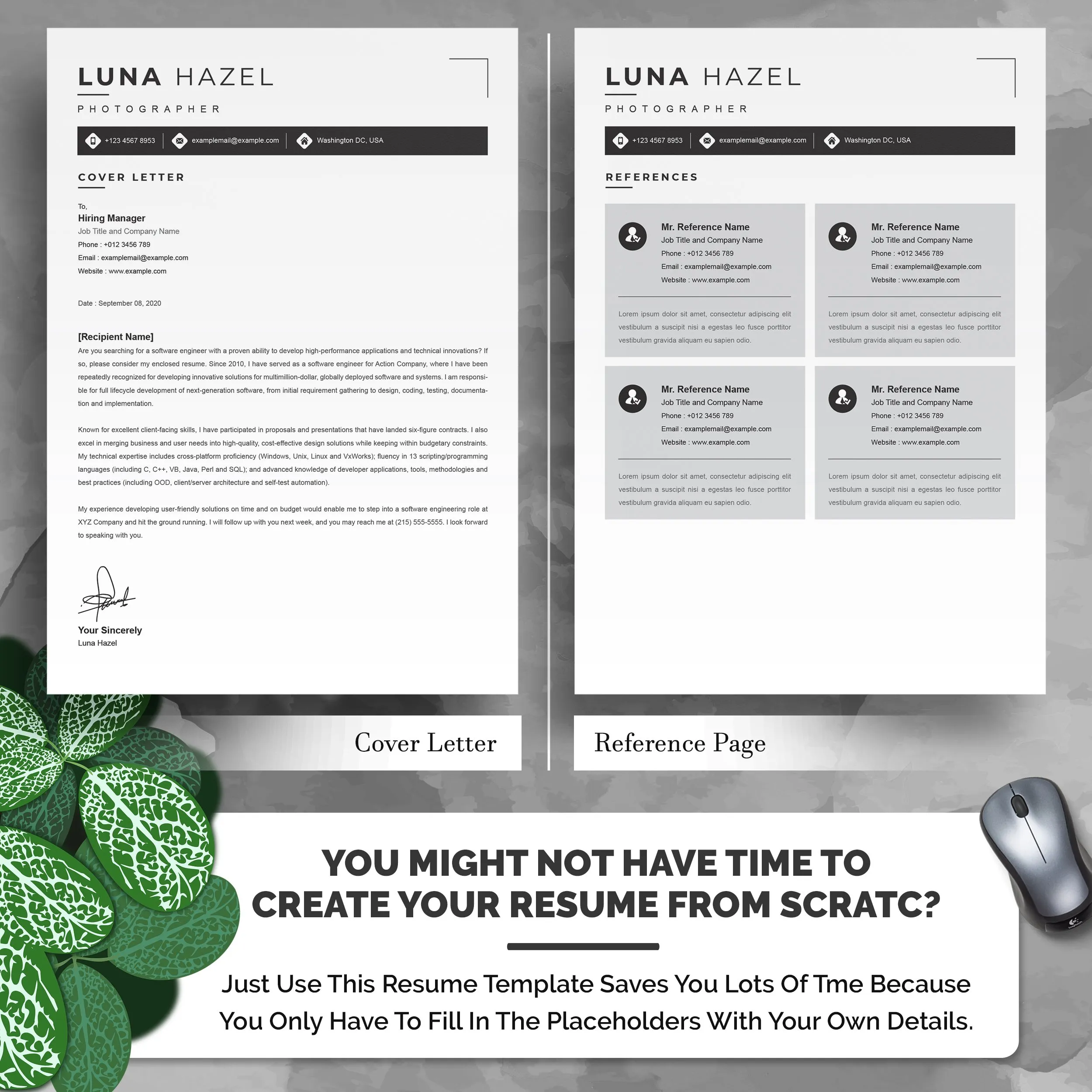
Begin with your contact information (name, address, phone number, email) and the date. Then, include the hiring manager’s name, title, and the company’s address. Your cover letter should include an introduction (stating the position you are applying for and where you found the job posting), 2-3 body paragraphs (highlighting your relevant skills and experiences, providing specific examples), and a conclusion (reiterating your interest and including a call to action). Keep the letter concise, ideally within one page. Use clear headings, bullet points, and spacing to improve readability.
Crafting a Strong Opening
Your opening paragraph is your chance to capture the reader’s attention and make a strong first impression. State the position you are applying for and where you found the job posting. Immediately highlight your most relevant skills or experiences. You can also mention something that caught your attention about the company or the role. For example, “I am writing to express my keen interest in the Marketing Manager position at [Company Name], as advertised on [Platform]. With my five years of experience in digital marketing and a passion for data-driven strategies, I am confident I can significantly contribute to your team.”
Tip 6: Showcase Your Enthusiasm
Enthusiasm is contagious, and it can set you apart from other candidates. Show that you are genuinely interested in the role and the company. Your enthusiasm demonstrates your passion and commitment, making you a more attractive candidate. A cover letter filled with genuine excitement can leave a lasting impression on the hiring manager and increase your chances of getting an interview. (See image: enthusiasm-cover-letter.webp)
Expressing Genuine Interest
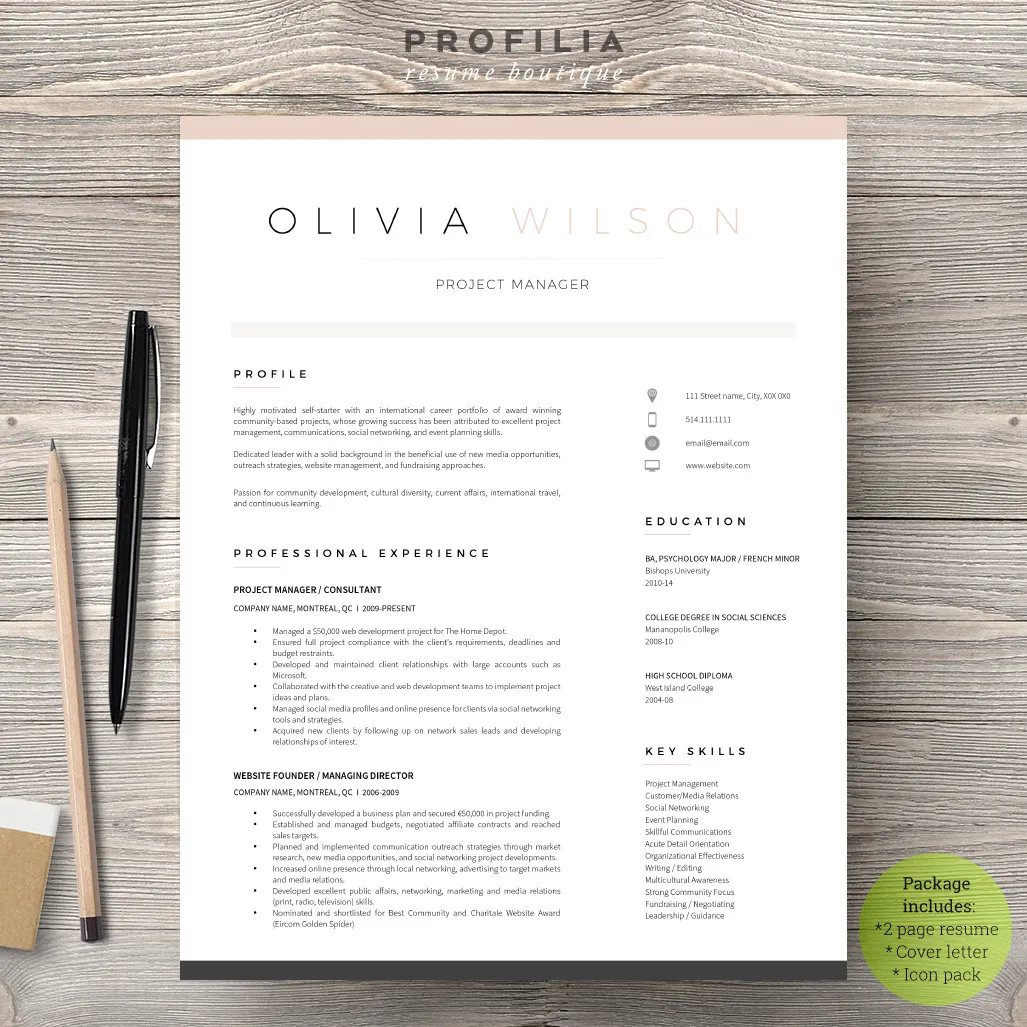
Avoid generic phrases such as “I am interested in this position.” Instead, express your genuine interest in the role and the company by highlighting what excites you about the opportunity. Mention specific aspects of the role that appeal to you or the company’s mission that aligns with your values. Show that you have researched the company and understand what they do. For example, “I am particularly drawn to [Company Name]’s commitment to [Company Value], which aligns with my passion for [relevant field].”
Demonstrating Passion
Share your passion for the industry or the specific role. Talk about what motivates you and what you enjoy doing. Show that you are not just looking for a job but are genuinely excited about the prospect of working in this capacity. You can demonstrate your passion by mentioning relevant projects, experiences, or skills that you are eager to apply. For example, “I am eager to leverage my experience in [specific skill] to help [Company Name] achieve its goals in [specific area].”
Tip 7: Include a Call to Action
A call to action is a crucial element of your cover letter. It tells the hiring manager what you want them to do next, such as scheduling an interview or contacting you for more information. This clear directive helps to move the hiring process forward. It shows that you are proactive and encourages the hiring manager to take the next step in considering your application. (See image: call-to-action-cover-letter.webp)
What to Include
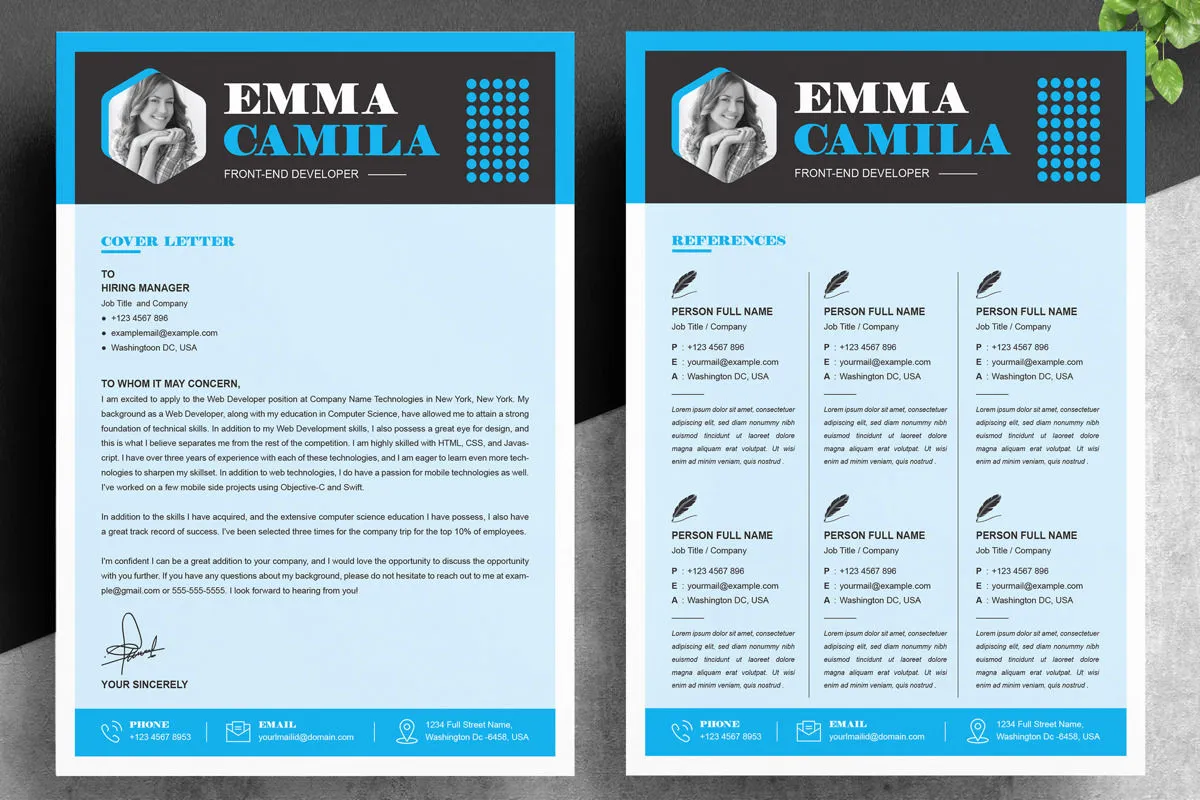
In your call to action, reiterate your interest in the role and thank the hiring manager for their time and consideration. Express your enthusiasm for the opportunity to discuss your qualifications further. You can also mention your availability for an interview. For example, “I am enthusiastic about the opportunity to discuss my qualifications further and am available for an interview at your earliest convenience. Thank you for your time and consideration.”
Making It Easy to Contact You
Make it easy for the hiring manager to contact you. Include your phone number and email address in your contact information at the top of your cover letter. Double-check that the contact information is correct and up-to-date. In your call to action, you can encourage the hiring manager to contact you. Ensure that your voicemail message is professional, and your email address is appropriate for a job application. By making it easy for them to reach you, you increase the likelihood of getting a response.
In conclusion, a well-crafted cover letter is more than just a formality; it’s your opportunity to make a strong first impression and set yourself apart from other candidates. By customizing your letter, highlighting relevant skills, focusing on the employer’s needs, maintaining a professional tone, structuring your letter effectively, showcasing your enthusiasm, and including a call to action, you can significantly increase your chances of landing an interview and ultimately, the job. Remember, the best cover letters are tailored to each application and reflect your genuine interest in the role and the company. Use these seven tips to create a compelling cover letter that showcases your value and helps you to achieve your career goals.
